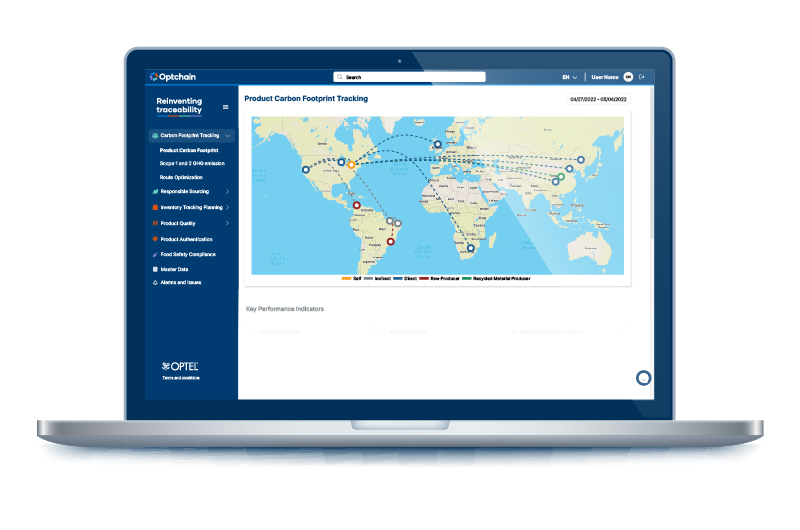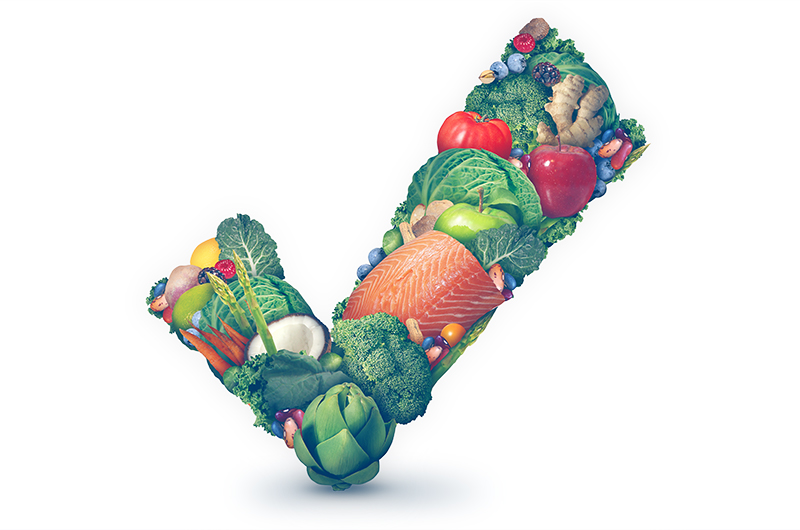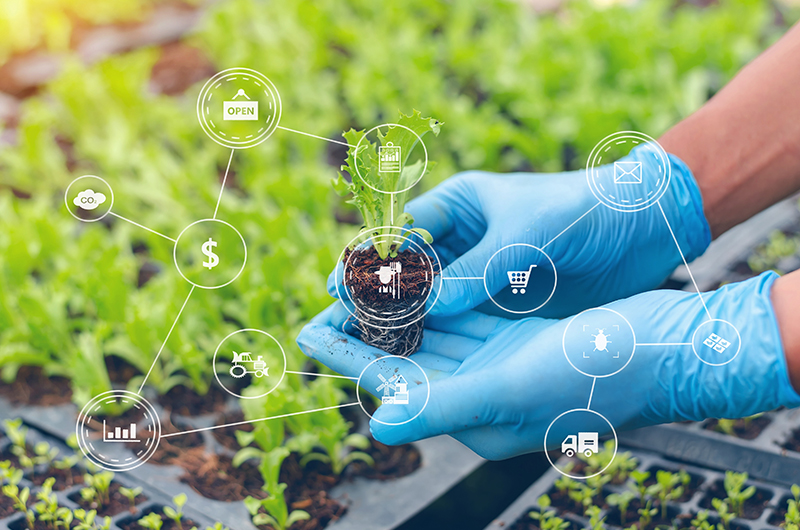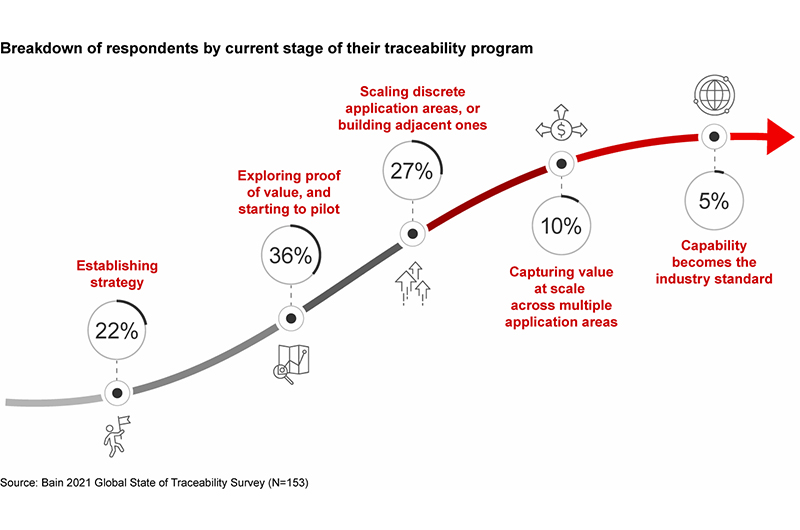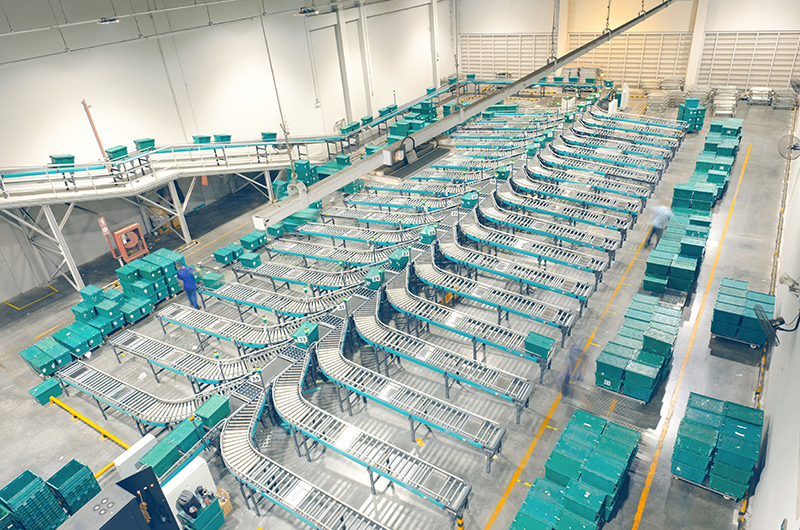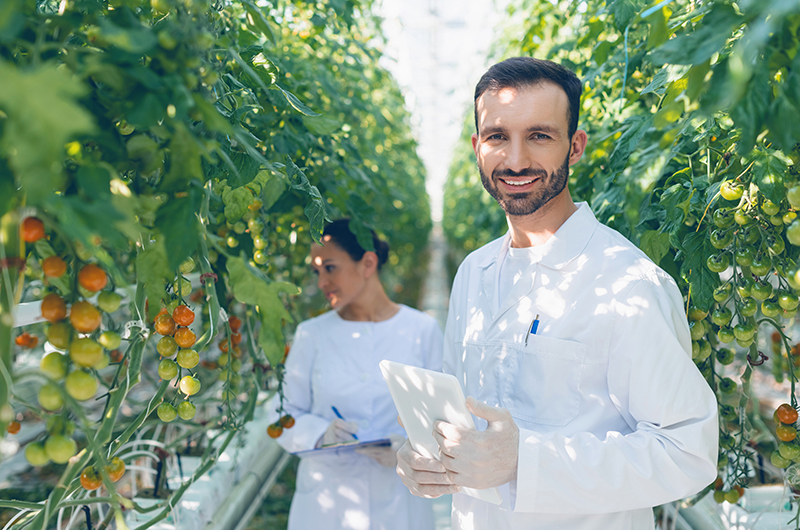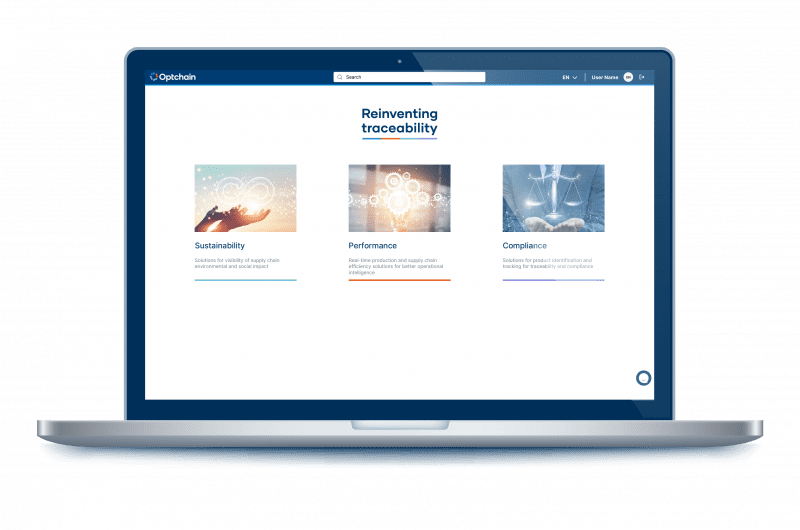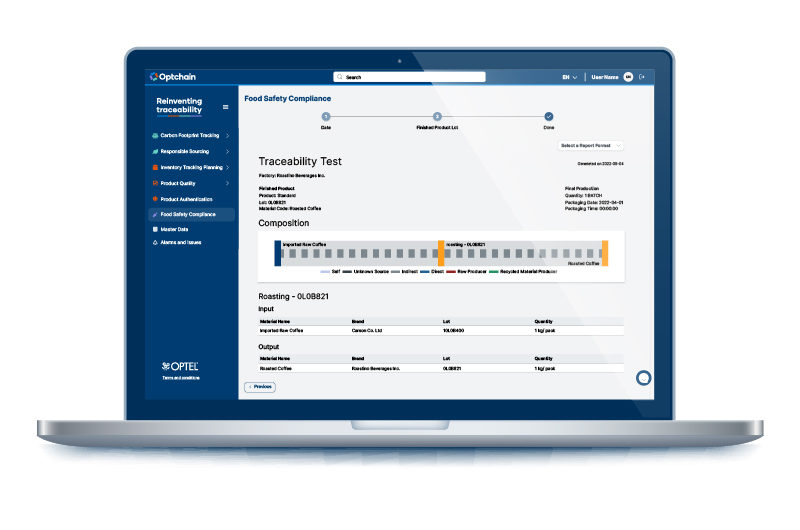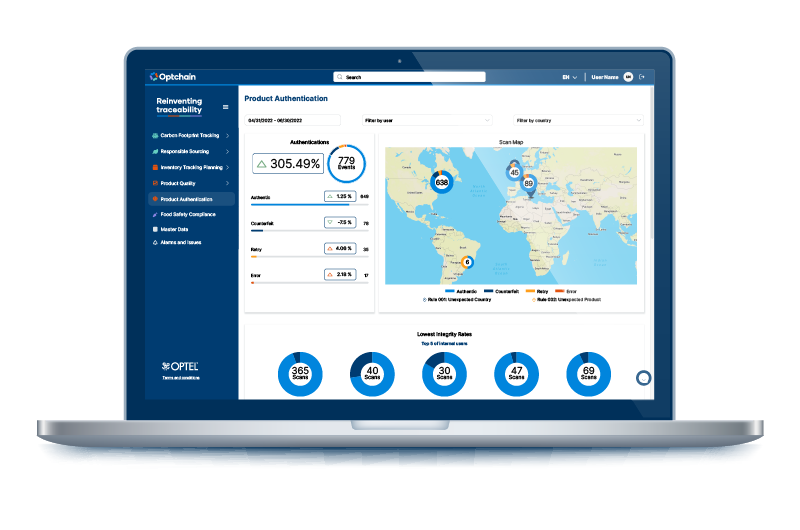The roles of food traceability best practices and food traceability systems for safer food trade are more important than ever before. As the United Nations Food and Agriculture Organization (FAO)’s recent report indicates, there are a myriad of multi-faceted factors that are contributing to—and impeding—food safety globally, including: climate change, changing consumer behaviour, food fraud, circular economies, new food sources and agrifood systems, food fraud, food innovations (think: cell-based meat), and more.
Estimates from the World Health Organization (WHO) purport that 1 in 10 people in the world fall ill after eating contaminated food. Unsafe food containing hazardous bacteria, viruses, parasites, or chemical substances causes more than 200 different diseases, costing.
As the world’s food dynamics constantly change, stakeholders across entire food supply chains face new imperatives that will significantly alter how they approach food safety. In response to public health threats due to contaminated food, the WHO and many legislative bodies in various countries are advocating for stronger national food control systems to “facilitate global prevention, detection and response to foodborne illnesses.”
And it all starts with better food chain information and codes of practice for food traceability.

